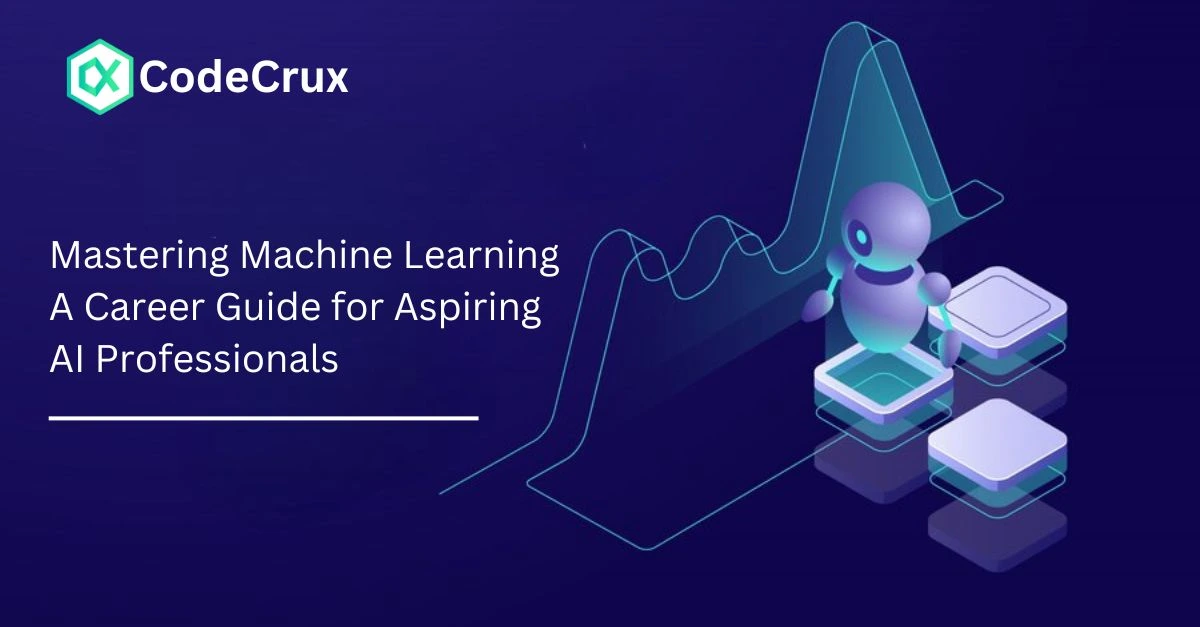Mastering Machine Learning A Career Guide for Aspiring AI Professionals

The world of artificial intelligence (AI) and machine learning (ML) is expanding at an unprecedented pace. As industries embrace these transformative technologies, the demand for skilled professionals in this domain has skyrocketed. Whether you’re a student, a software developer, or a professional looking to pivot, this guide will help you navigate your journey into the exciting world of machine learning.
Why Pursue a Career in Machine Learning?
Machine learning is at the heart of innovations across industries such as healthcare, finance, autonomous systems, and natural language processing. Here’s why it’s a lucrative career path:
- High Demand: Companies are actively seeking ML experts to develop intelligent systems.
- Attractive Salaries: The average salary for machine learning engineers is among the highest in tech.
- Impactful Work: ML professionals solve real-world problems, from diagnosing diseases to optimizing supply chains.
Step 1: Understand the Fundamentals
Before diving into advanced topics, ensure you have a solid grasp of the basics:
- Mathematics: Linear algebra, calculus, probability, and statistics form the backbone of ML.
- Programming: Python is the de facto language, with libraries like TensorFlow, PyTorch, and scikit-learn.
- Data Structures & Algorithms: A strong foundation in these concepts is crucial for building efficient models.
Recommended Resources:
- Books: “Hands-On Machine Learning with Scikit-Learn, Keras, and TensorFlow” by Aurélien Géron
- Courses: Andrew Ng’s Machine Learning course on Coursera
Step 2: Dive into Core Machine Learning Concepts
Once you’ve mastered the basics, explore the core concepts:
- Supervised Learning: Learn regression, classification, and common algorithms like Decision Trees and SVMs.
- Unsupervised Learning: Study clustering methods and dimensionality reduction techniques.
- Deep Learning: Understand neural networks, CNNs, RNNs, and GANs.
- Natural Language Processing (NLP): Explore text-based AI models like GPT and BERT.
Hands-on practice is key. Start with small datasets to build projects and gradually move to more complex challenges.
Step 3: Gain Practical Experience
Employers value practical experience over theoretical knowledge.
- Projects: Work on real-world problems such as predictive analytics, image classification, or chatbot development.
- Competitions: Participate in platforms like Kaggle and DrivenData to solve industry problems and build your portfolio.
- Internships: Secure internships with companies specializing in AI and ML.
Step 4: Build a Strong Portfolio
Your portfolio is your gateway to a machine learning career. Include:
- Code Repositories: Showcase your projects on GitHub.
- Blogs and Tutorials: Write about your learning journey to demonstrate expertise.
- Certifications: Display credentials from recognized courses and institutions.
Step 5: Stay Updated
The AI/ML field evolves rapidly. Stay ahead by:
- Following AI research papers and blogs.
- Joining communities like TensorFlow, PyTorch, and FastAI forums.
- Attending industry conferences such as NeurIPS, ICML, and CVPR.
Step 6: Tailor Your Job Search
When you’re ready to job-hunt:
- Customize Resumes: Highlight ML-specific projects and achievements.
- Prepare for Interviews: Practice coding problems and prepare to explain ML algorithms.
- Network: Leverage LinkedIn, GitHub, and AI meetups to connect with industry professionals.
Step 7: Choose a Specialization
Machine learning encompasses various specializations. Choose one that aligns with your interests and career goals:
- Computer Vision: Focus on image and video analysis.
- NLP: Work on voice assistants and text-based applications.
- Reinforcement Learning: Build intelligent systems like autonomous vehicles.
The Future of Machine Learning Careers
The rise of AI applications in everyday life ensures that machine learning will remain a sought-after skill for years to come. By mastering this field, you can contribute to innovations that shape the future.